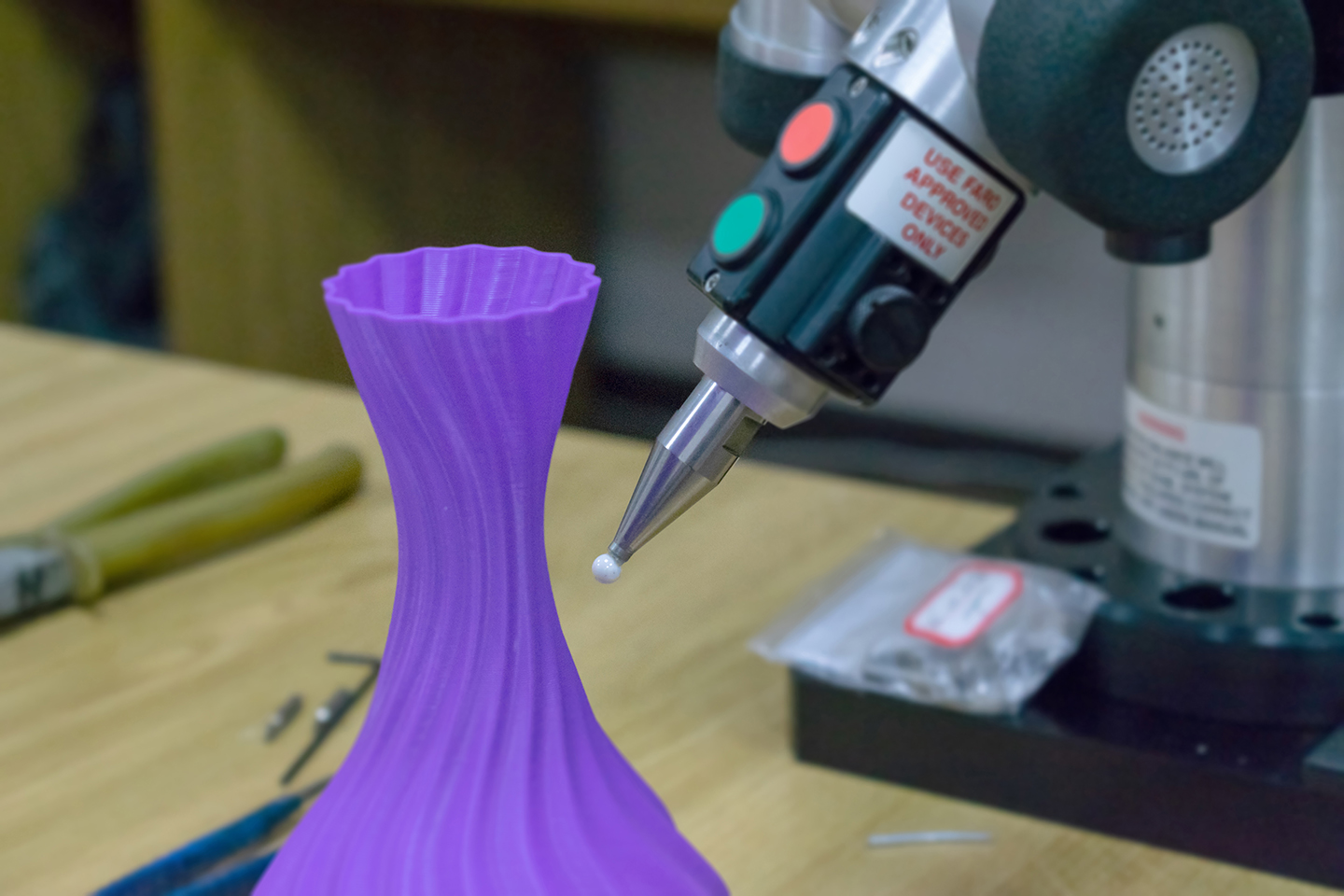When to use 3D precision scanning for your project.

Is your project in the development stage?
When you need quick feedback on the overall part to determine its accuracy to the design, a 3D scan may be the best option. A full FAI or even a partial dimensional inspection may be more than is necessary when performing an initial validation.
Are you making a comparison of one part to another?
Comparing cavity-to-cavity or supplier-to-supplier can be a daunting task if the results are presented in as a list of print features. A 3D comparative analysis can highlight trouble spots quickly. Perhaps then you will need more detailed information with a dimensional inspection of a localized area.
Is your part primarily controlled by profile with a few critical dimensions?
Industries continue to define more of a product’s features with profile tolerances. A 3D scan is the most descriptive method for reporting a profile and the variations throughout the surface. Your project may require that specific numerical profile data must be collected with a CMM. That same data can be reported from a scan output.
Combine Scanning With Traditional Inspection
In these situations, we may recommend a hybrid inspection solution for your project that utilizes the 3D scanning and processing capabilities of QC Engineering, or combines these capabilities with traditional inspection techniques to provide the most useful data possible.




